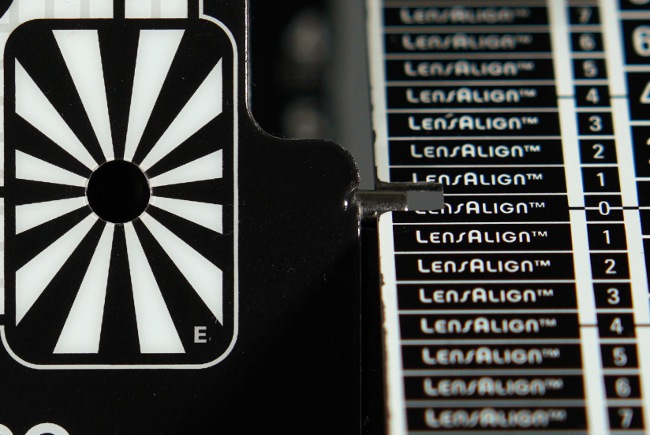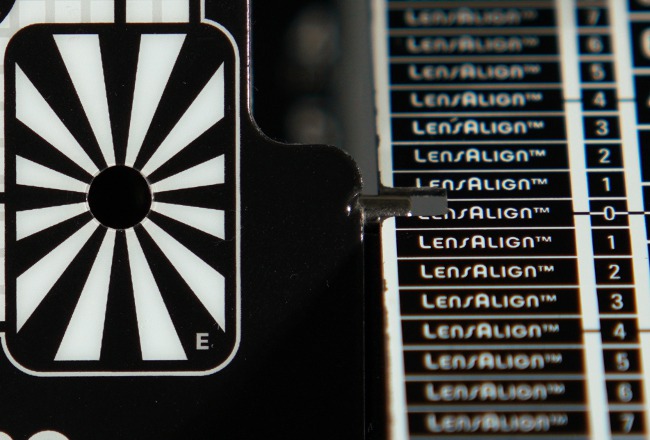Tamron 28-75 mm f/2.8 Di III VXD G2
10. Autofocus and focus breathing
Autofocus
The autofocus of the tested Tamron is based on the linear VXD motor. Joined with the Sony A7R IIIa this mechanism's work is practically noiseless and very fast. Running through the whole distance scale and confirming the focus takes typically about 0.3-0.4 of a second. Sporadically the autofocus might waver a bit, hunting around the proper aim and it might make the whole focusing process a tad longer, up to about 0.5-0.6 of a second.When it comes to the accuracy we don't have any serious objections whatsoever. The number of misses we recorded in our studio didn't exceeded 2%. What's more, during our tests outdoors the lens didn't cause us any noticeable problems either.
The Tamron 28–75 mm f/2.8 Di III VXD G2 didn't show any distinct front or back focus tendencies. At the shortest focal lengths the photographed item almost always was situated close to the depth of field centre. At the 75 mm focal length that depth seemed to shift toward the photographer but the effect was very slight. Anyway, even while taking a photo from a close distance by f/2.8 that depth of field still encompassed the proper object.
Please Support UsIf you enjoy our reviews and articles, and you want us to continue our work please, support our website by donating through PayPal. The funds are going to be used for paying our editorial team, renting servers, and equipping our testing studio; only that way we will be able to continue providing you interesting content for free. |
- - - - - - - - - - - - - - - - - - - - - - - - - - - - - - - - - - - - - - - - - - - - - - - -
| A7R IIIa, 50 mm, f/2.8 |
 |
| A7R IIIa, 75 mm, f/2.8 |
 |
Focus breathing
Focus breathing tests show reframing images as you oversharp them. We conduct the test by manually passing from the minimum focusing distance to infinity with the aperture stopped down; then we check how the field of view of the lens changed as a result.After conducting a number of tests now we think we are also able to determine some reference points. A frame change ranging from 0 to 5% we consider to be low. Between 5 and 10% you can speak about medium levels. Usually such values constitute also the maximum efficiency level of any breathing compensation algorithms, present in some bodies. Between 10 and 15% focus breathing is high, above 15% its level can be called very high.
The test video of the Tamron lens is presented below:






